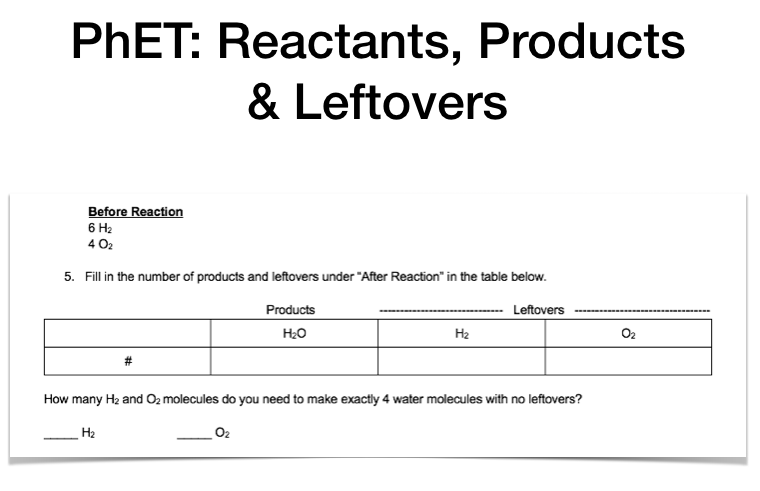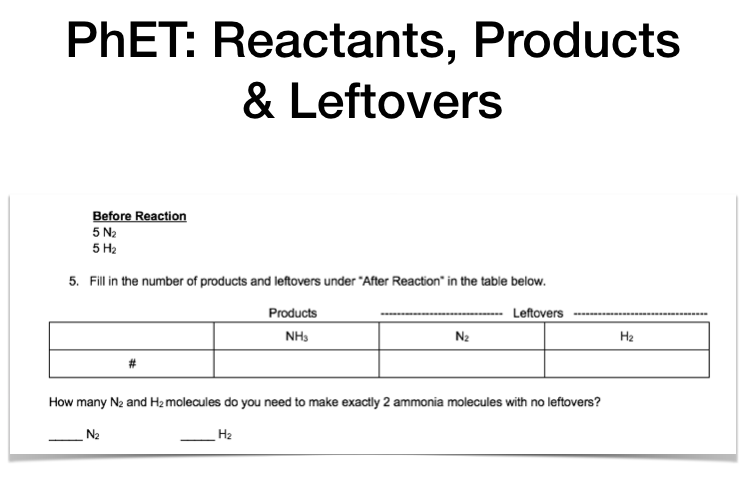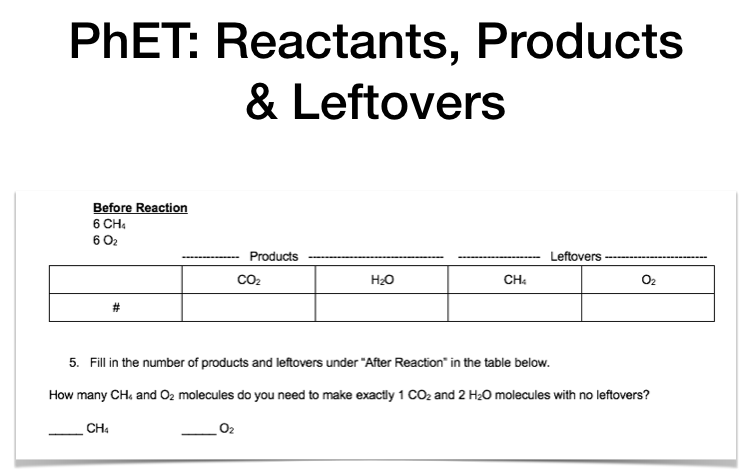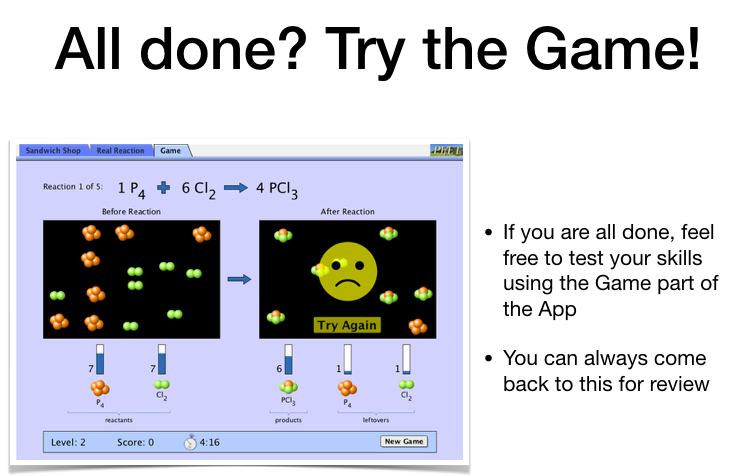Using PhET Digital Simulations in the Science Classroom
In case you haven't noticed I love labs! Like all Canadian high school teachers I have two different teachables, in my case they are Science & French... I know, interesting combination. While I have taught French courses before my favourite thing to teach is Science...whether it be in French or in English. One of the main reasons why I love to teach Science is because of the labs! I love planning labs, figuring out how to help my students understand science concepts through investigations and just do cool stuff with chemicals and microscopes and Vernier sensors. If you want to see all the labs happening in my classroom just follow me on Instagram @The_Roaming_Scientist.
Unfortunately, sometimes it is impossible or extremely challenging to do a lab for a specific concept. It could be because the equipment is too expensive for your school to purchase, the data is too challenging for students to collect or it is simply impossible to manipulate certain variables in real life. This is when online simulations come to the rescue and one of the best sources for free online simulations for all branches of Science is PhET. This website is run by the University of Colorado Boulder and was first introduced to me by a colleague many years ago. As of today they have 161 different simulations and many come with teacher resources which teachers can both upload to share and download to use. The simulations have been improved over the years and now most (if not all) can be used without downloading the simulation making this resource usable for students with iPads, Chromebooks and really any device; they even have an App now!
I thought I'd share three of my most often used PhET simulations and how I use them in Chemistry, Physics & Biology lessons. I find these simulations are easy to differentiate for my students and are always engaging and effective for building both inquiry skills and content knowledge.
Biology Simulation: Natural Selection (used for Population Growth models)
This simulation is designed to teach Natural Selection and I do use it for this with my more advanced students, but I also use it for population growth models and discussing limiting factors as part of my Grade 9 Ecology unit. For this activity I simply show my students how the simulation works and direct them to avoid all of the genetics buttons (Add mutations, Pedigree etc.) and to focus on the Environmental Factors and population size only. The simulation graphs the population over time for the students and they can both see the visual of the population growing and the graph changing at the same time, a very powerful visual. You can see the slides I show my students below, they have to answer the questions in their notebooks and we refer to this example throughout the unit.
Physics Simulation: Gravity Force Lab (used for Newton's Law of Universal Gravitation)
I have used this simulation in both my Grade 9 Science course and my Grade 10 Science course to analyze the relationship between mass, distance & the force of gravity. In ninth grade students have yet to learn about inverse square laws in Math, but the NGSS standard requires that they analyze the relationships in Newton's Law of Universal Gravitation & Coulomb's law, so we do so through the PhET simulation and avoid students having to do the calculations themselves. After I have my students work through the following worksheet (modified from a version I found on PhET) I have them choose data from their investigation to use to write a CER (Claim Evidence Reasoning), a common way of demonstrating an understanding of data and theory in Science.

Chemistry Simulation: Reactants, Products & Leftovers (used to teach limiting & excess reagents)
This is one of my favourite simulations to help students visualize changes at the molecular level. When teaching Stoichiometry to my Grade 10 students working with limiting and excess reagents is the culminating concept and many find it hard to visualize the changes happening at the molecular level. This simulation starts out with students building sandwiches, simple cheese sandwiches and then more complex ham & cheese sandwiches before moving on to simple combustion & synthesis reactions. The last task in this simulation is for students to play a leveled game to test out their ability to determine the reactants and products of a chemical reaction. You can see my students playing the game here.
I choose to use prompts of specific numbers of reactants taken from a teacher resource posted on PhET to have students work through making different kinds of sandwiches, then compounds as a class. This allows me to ensure that everyone knows how to use the simulation and to give students instant feedback, I encourage my more advanced students to try and determine the products and leftovers without using the simulation while those who are still mastering the skill use the simulation to help. You can see the prompts I use in the images below. After we go through 3 sandwich examples and 3 chemical reactions its time for the students to play the game either on their own or with a partner. I encourage my students to come back to this PhET simulation when reviewing for the unit test or their final exam in June.
Thanks for reading teachers, travelers & curious souls of all kinds.
The Roaming Scientist






















Comments